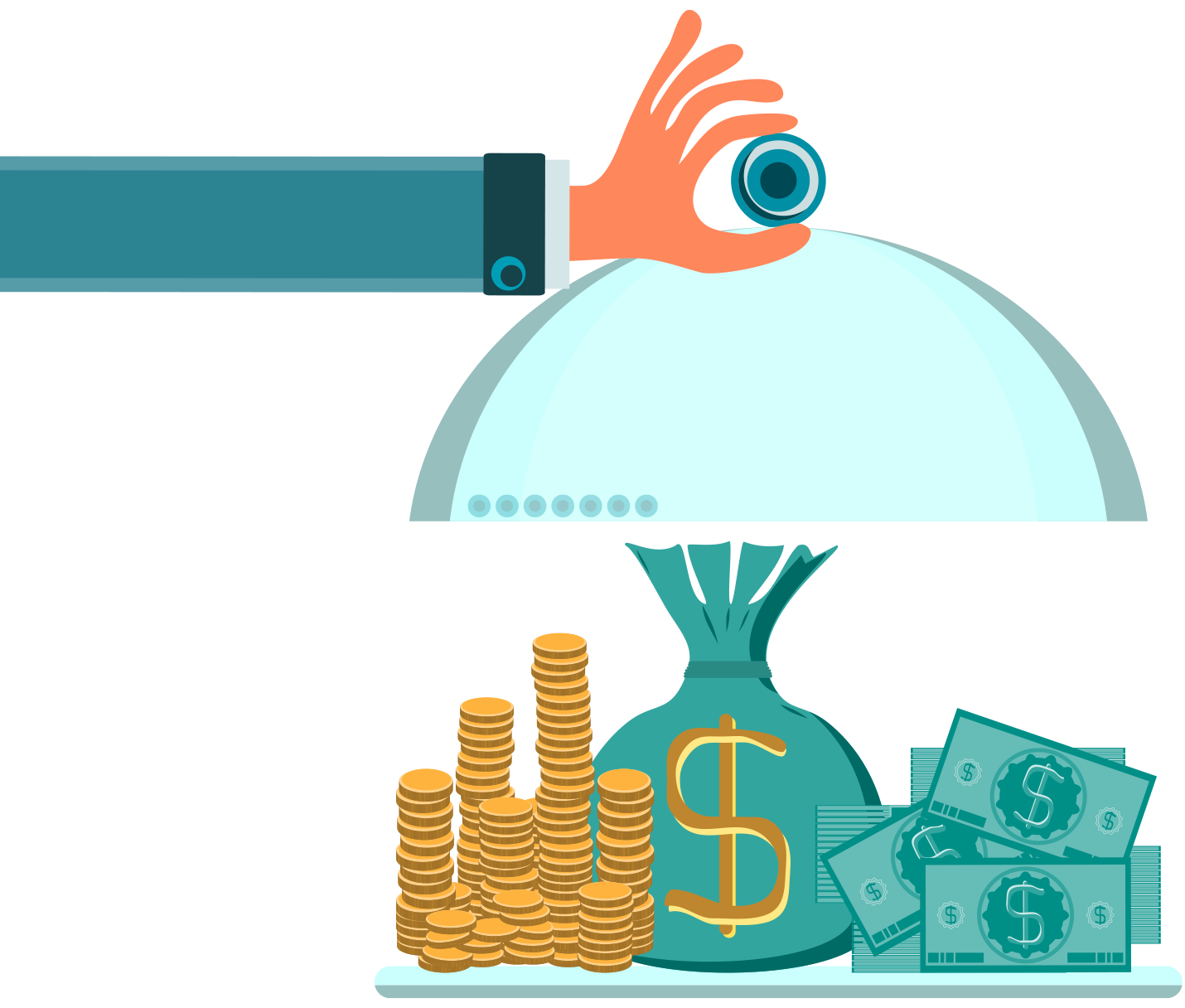Restaurant Budgeting and Forecasting
It’s no secret that restaurant ownership is a labor of love. Whether you’re a long-time industry veteran or you started your restaurant during the pandemic, odds are that something besides profits drove your decision.
And as a restaurant owner, you’re also likely familiar with the classic paradox: focusing on profits alone won’t help you find success… but you can’t stay open without a steady stream of revenue, either.
So, how do you stay stable in the ever-changing restaurant industry?
By making budgeting and forecasting a priority in your business. We know because, with over a decade of restaurant CPA experience, we’ve become deeply familiar with how impactful these details are—whether you run quick service or full service restaurants.
What is the Primary Purpose of Budgeting and Forecasting in the Restaurant Industry?
The primary purpose of budgeting and forecasting in the restaurant industry is to define your financial limits, and then determine what you can reasonably do within those limits.
Of course, as experienced restaurant CPAs, we know you can’t control every cost through budgeting and forecasting. But having a budget and forecast gives you a vital framework for making financial decisions on the things you can control.
Benefits of Budgeting and Forecasting in the Restaurant Industry
Some of the many benefits of budgeting and forecasting in the restaurant industry include:
- Becoming proactive instead of reactive. Instead of making choices on the fly whenever a crisis arises, you’ll be able to detect potential issues before they impact your operations.
- Optimizing your staffing and inventory decisions. Does scheduling feel like taking a blind guess week after week? Budgeting and forecasting help you shine a light on what you’ll need—and when.
- Being able to plan for profitability. On paper, your sales forecast is simply how many days you’re open x your average customers served x the average spend per customer. Forecasting takes you from guesstimating these figures to having a clear plan for profitability.
- Knowing your financial goals—and if you’re on track to achieve them. Setting measurable financial goals is key to tracking your restaurant’s performance. More importantly, doing so makes it easy to tell when you’ve veered off-course.
- Having the clearest picture possible of what’s on the horizon. At the end of the day, no one can know what the future holds. But by being informed and prepared, you’ll enjoy maximum clarity on where you are, where you want to be, and how to get there.
What are the Key Challenges Restaurants Face When Budgeting for an Ever-Changing Market?
Frankly, there are several key challenges restaurants face when budgeting for an ever-changing market, such as inflation, labor shortages, competitive pricing, and attracting restaurant traffic.
Inflation is one of the biggest elephants in the room. Upon reaching 8.6% in May 2022, inflation was at its highest level since 1981. And the effects of this are huge. Consumers are spending less at restaurants, while you have to raise prices to cover your own costs. It’s a delicate balancing act.
An ongoing labor shortage is also making it difficult to find and retain quality staff. Budgeting for training and higher wages can quickly eat into your restaurant’s revenue.
The obvious answer, at first glance, is to simply raise your prices. But as the restaurant industry continues to get more competitive, it’s often just a matter of time before someone prices their menu to undercut you.
Finally, one of the biggest challenges in budgeting for an ever-changing market relates to restaurant traffic. Accepting orders from third-party platforms like DoorDash and Uber Eats seems like a smart move… until you calculate how much of each sale goes to those third parties. Deciding whether to eat the cost or focus on on-site restaurant traffic can be tricky.
The Fundamental Components of a Restaurant Budget
The crucial components for constructing a thorough, robust restaurant budget include:
- Payroll/labor
- Lease/rent expenses
- Cost of goods (COGS) like food and drink expenses
- Insurance
- Restaurant equipment
- Utilities
- Loan payments, if applicable
- Marketing
- Additional operating expenses
But as you know, the restaurant industry is ever-changing. In 2023, the average price of a restaurant meal has increased faster than overall inflation nationwide.
This clearly illustrates that you can’t calculate these figures once and then never re-evaluate.
And keep in mind that not only do you have to stay on top of tracking expenses and paying taxes—you’re also doing so while forecasting things like staffing needs and the rising cost of supplies.
Hiring an experienced restaurant CPA who’s familiar with the ongoing unpredictability of the restaurant industry can make it much easier to build and manage your restaurant budget without losing track of all the other important details.
What are Some Best Practices for Budgeting and Forecasting in a Highly Competitive Restaurant Market?
Some best practices for budgeting and forecasting in a highly competitive restaurant market include:
- Looking at past data. Ideally, you should look at sales data for the preceding year or so. Be sure to compare the same time periods, such as only looking at data from the morning shift or from summer.
- Identifying trends and adjusting accordingly. Look for bumps or increases in sales. You may notice these around certain promotions, holidays, or even while a certain menu item is on special. Noticing these trends and adjusting your forecast can help you cut costs and maximize revenue.
- Use sales and external factors to plan your schedule. Now you essentially have a “map” or “timeline” you can use for planning your schedule. Staffing, inventory, and marketing choices are all opportunities to benefit from using the best practices above.
- Hire an experienced restaurant CPA so you can focus on the business. While these steps will help you shine a light on many aspects of your restaurant, it’s still a lot to manage. Hiring a focused, attentive, and experienced restaurant CPA allows you to rest easy and focus on actually running your restaurant.
It’s true that restaurant ownership can be lucrative—especially considering that both the quick service and full service restaurant industries are forecasted to grow in the coming years. But at the same time, the National Restaurant Association reports a 30% failure rate across the industry.
That’s why choosing the Cloud CPA as your restaurant CPA is a wise choice. Taking steps to achieve success (and avoid failure) is much easier when you have an expert in your corner overseeing your restaurant’s finances.
If you’re ready to learn more about the budget and forecasting services for restaurants Cloud CPA offers, call us at (561) 834-1792 or email info@thecloudcpa.net.

 CALL US NOW
CALL US NOW







